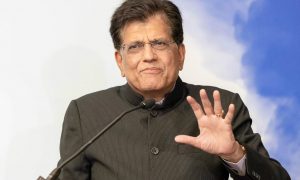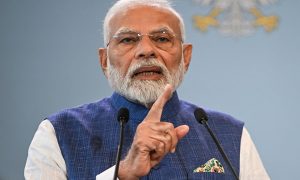In accordance with the government’s vision of transitioning to e-Mobility, the Airports Authority of India (AAI) is working to transition to electric vehicles (EVs), encourage airport service providers to incorporate them, and develop charging infrastructure at airports.
Under a green initiative, the AAI initially inducted 10 EVs for official use at its corporate and regional headquarters in New Delhi. Currently, 45 EVs are being used at AAI airports and offices throughout the country for airside operations and city-side usage.
AAI is focusing on EVs when hiring/leasing/purchasing against the replacement of AAI-owned internal combustion engine (ICE) vehicles that meet condemnation standards. AAI has taken steps to transition from existing AAI diesel, gasoline, and CNG vehicles to e-vehicles at various AAI airports, as well as charging stations to ensure proper charging facilities.
It also encourages government organizations and other public entities to build and operate public EV charging infrastructure in airport parking lots and airside areas. Depending on the location and requirements, EVs can be charged in a variety of ways. As a result, public charging infrastructure for EVs is diverse and tailored to specific applications.
EV30@30
India is one of a few countries that back the global EV30@30 campaign, which aims to have at least 30% of new vehicle sales be electric by 2030. By 2030, the government aims for EV penetration to be 30% for private cars, 70% for commercial vehicles, and 80% for two- and three-wheelers.
The EV30@30 campaign reimagines the Clean Energy Ministerial Electric Vehicles Initiative (EVI), with the goal of reaching a 30% market share for EVs by 2030. The CEM brings together the world’s largest and most powerful countries, international organizations, and corporations to achieve a common goal to accelerate clean energy transitions.
Electric vehicles: a smart choice for the environment
Electric vehicles (EVs) are being developed to help reduce CO2 emissions and demand for petroleum products. However, the advantages of replacing internal combustion engine (ICE) automobiles with EVs may be offset by higher air pollutant emissions from manufacturing plants. However, the greatest benefit comes from not driving an ICE vehicle and avoiding local combustion-related pollution.
Besides EVs also serve as a greener alternative to petrol or diesel vehicles. By eliminating exhaust, they can reduce a fleet’s greenhouse gas emissions.
Government Incentives for EVs
The Government of India is consistently demonstrating its commitment to establishing India as a global leader in the EV sector. The government has launched a number of schemes and incentives to increase demand for electric vehicles and to encourage manufacturers to invest in R&D of electric vehicles and related infrastructure.
So far, the Indian government has launched FAME-II, PLI SCHEME, Battery Swapping Policy, Special Electric Mobility Zone, and Tax Reduction on EVs.




























 WhatsApp us
WhatsApp us